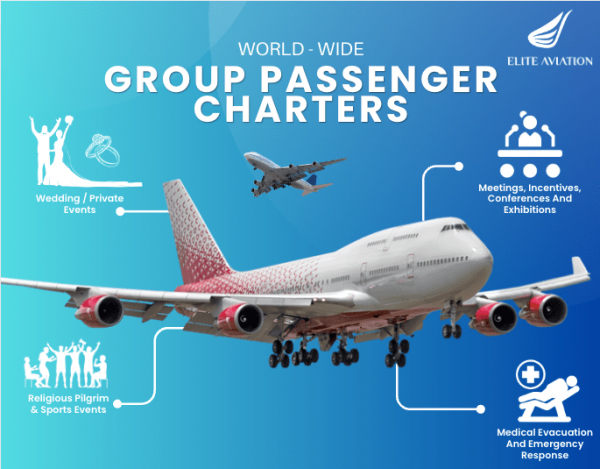[ad_1]
Once a beloved symbol of Caribbean travel, Air Jamaica was known for its colorful liveries, vibrant in-flight culture, and award-winning service. But behind the Caribbean airline’s cheerful image was a turbulent financial story that spanned decades.
Air Jamaica rose quickly—but unsustainably. After years of expansion, privatization, and mounting losses, it was ultimately absorbed by another tropical airline. Here’s what happened to Air Jamaica.
Air Jamaica’s British Beginnings
Though Jamaica gained independence from the United Kingdom in 1962, it still leaned on British aviation expertise in the years that followed.
In 1963, British Overseas Airways Corporation (BOAC) and British West Indian Airways (BWIA) formed an international airline for the Jamaican government. It was called ‘Jamaica Air Service Limited’ and launched routes from Jamaica to New York and Miami.
Five years later, however, the Jamaican government changed its mind and wanted to run an airline independently. At 51%, it was the majority owner of Jamaica Air Service Limited, so it dissolved its original airline and formed a fully national flag carrier: Air Jamaica.

Formed in October 1968, Air Jamaica was partly backed by Air Canada, which held a 40% stake and supplied four aircraft to help the airline get off the ground.
On 1 April 1969, Air Jamaica launched its first flights, connecting Kingston, Montego Bay, New York, and Miami.
1970s and 1980s Expansions
Air Jamaica quickly expanded to Toronto and Montreal thanks to its partnership with Air Canada. Throughout the early 1970s, the Caribbean airline also launched service to Philadelphia, San Juan, Puerto Rico, and other Caribbean destinations. Its fleet included Douglas DC-8s and DC-9s.
By 1974, Air Jamaica had extended its reach across the Atlantic, launching service to London, followed by Frankfurt in 1975. Air Jamaica was now a serious contender in international travel. Towards the end of the 1970s, the carrier added the Boeing 727-200 to its fleet.
According to airline historian R.E.G. Davies, the airline left a great impression on travelers by hiring attractive female flight attendants and offering free rum on flights.

Still, the airline was bleeding money. Despite its popularity, it was operating at a loss, a reality the Jamaican government hoped would eventually turn around. Growth slowed in the 1980s, but Air Jamaica pressed on, launching service to Los Angeles (LAX), Baltimore (BWI), and Atlanta (ATL) and leasing newer aircraft like the Boeing 747 and Airbus A300 to replace its aging jets.
In 1989, the government chose to privatize the carrier. A group of investors, the Air Jamaica Acquisition Group (AJAG), took a 70% stake in the airline, while the government retained 25% and employees held the remaining 5%.
1990s and 2000s Declines
The 1990s saw continued expansion. Air Jamaica added new international destinations to the Bahamas, Santo Domingo, Manchester, Fort Lauderdale, and Phoenix. Some of these new destinations were possible due to codeshare agreements with Delta Air Lines.
The airline also continued to upgrade its fleet with new Airbus aircraft, such as the A310, A320, and A340. While these changes took place, the airline discussed merging with other Caribbean carriers, including Guyana Airways and Trinidad and Tobago Airways.
But by 2004, AJAG had exited the partnership, and the Jamaican government once again took full ownership of the airline.

In the next few years, the airline began axing routes and laying off employees to cut costs. Destinations like Phoenix, Los Angeles, Miami, and Atlanta were removed from its network.
Air Jamaica CEO Bruce Nobles called it the airline’s ‘most challenging time.’ Losses had piled up to around $1 billion, and the government was desperate to find a buyer.
It was reported that Air Jamaica reported losses in 40 of its 42 years of existence.
Acquisition and Closure
In 2010, the Jamaican government sold Air Jamaica to Caribbean Airlines, making it the largest airline in the region. Jamaica retained a 16% stake in the newly merged carrier, while Caribbean Airlines took over operations.
Though the Air Jamaica brand would linger for five more years, it was officially folded into Caribbean Airlines in 2015.
Caribbean Airlines is now the flag carrier of both Jamaica and Trinidad and Tobago. The government of Trinidad and Tobago owns an 88.1% stake, while Jamaica’s stake was reduced to 11.9%. After years of financial strain, the airline finally reported its first profit in 2019 of a modest $4 million.
[ad_2]
Source link


